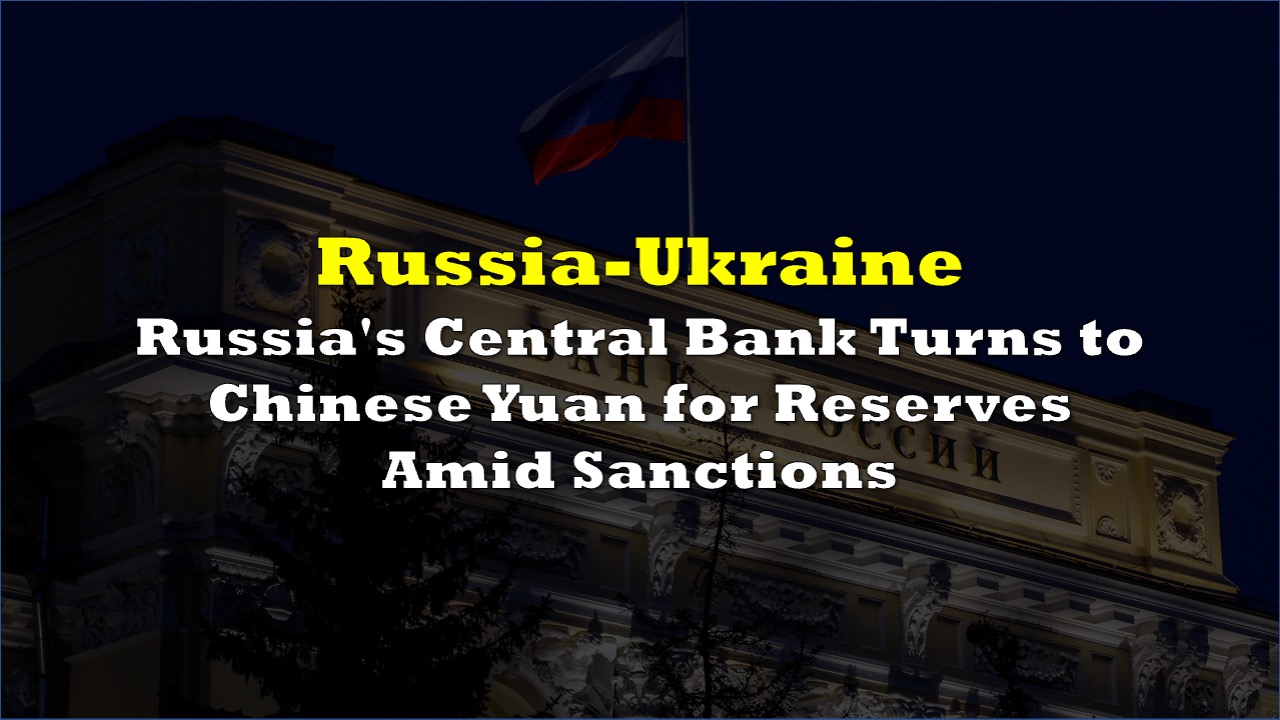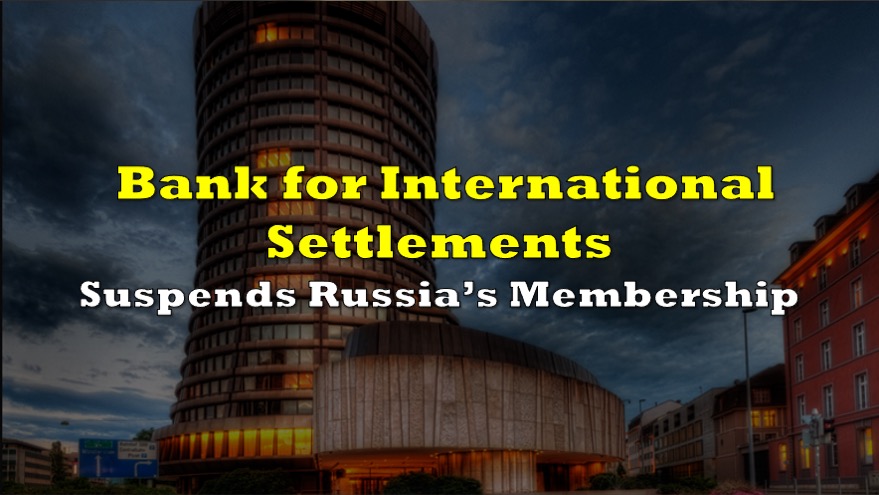In its annual report released on Friday, Russia’s central bank highlighted the increasing importance of the Chinese yuan in its foreign reserves management strategy. This comes after two years of Moscow’s war in Ukraine, which has led to the seizure of a significant portion of Russia’s international assets by Western nations as part of economic sanctions.
According to the report, the central bank has limited alternatives to the yuan for its reserves due to the risks associated with the financial instruments of countries considered friendly to Russia. These risks include high volatility in exchange rates, low market liquidity, and capital movement restrictions in some of these nations.
“These factors predetermine the key role of the Chinese yuan in the formation of reserve assets,” the report said, acknowledging the yuan’s growing global role and liquidity in recent years.
The central bank’s data shows that Russia’s international reserves stood at $590.1 billion as of March 22, marking a decrease of around $40 billion since the start of the Ukraine war. However, approximately $300 billion of these reserves remain blocked by Western countries, and the bank said it is working to protect its ownership rights over these assets.
In 2023, the value of Russia’s reserves experienced a slight increase, primarily driven by the rise in the price of gold in US dollars. Since the outbreak of the war, the central bank has refrained from disclosing the composition of its international reserves, instead reporting only the shares of gold and foreign currencies.
Reflecting the growing influence of the yuan, the Chinese currency surpassed the US dollar as the most traded currency in Russia last year, a stark contrast from the negligible trading volume it held before the invasion of Ukraine.
To facilitate the use of the yuan, the central bank has been providing banks with yuan liquidity through currency swap operations. In January 2023, it launched swap transactions for yuan and roubles, with a total of 59.7 billion yuan swapped last year.
Information for this story was found via Bloomberg, Reuters, and the sources and companies mentioned. The author has no securities or affiliations related to the organizations discussed. Not a recommendation to buy or sell. Always do additional research and consult a professional before purchasing a security. The author holds no licenses.









